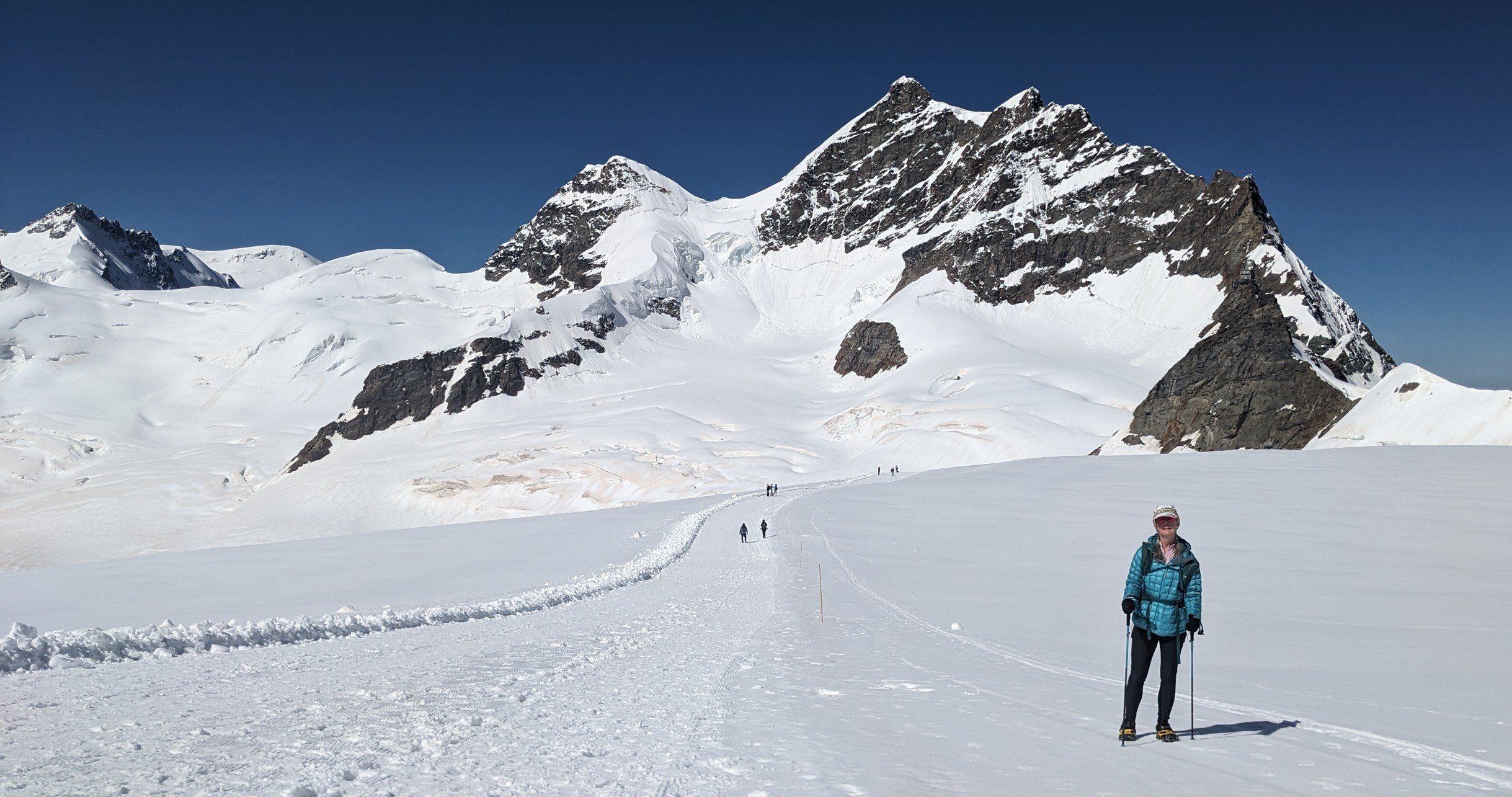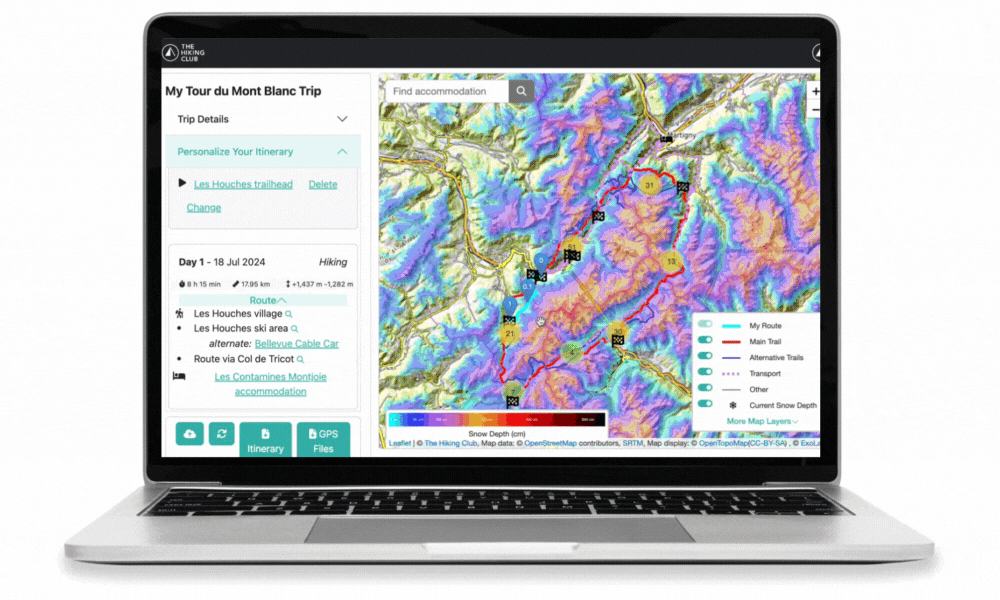The official Walker’s Haute Route travels through France and Switzerland.
If you are a member of one of the respective alpine clubs, you get discount on accommodation at their mountain huts. Here are the details on each alpine club membership:
FRENCH ALPINE CLUB MEMBERSHIP
The French Alpine Club has a membership program that provides discounts to their mountain huts. Membership is about 100 - 120€ and is open to non-French citizens. For full details click here. The huts along the Walker’s Haute Route that are owned by the French Alpine Club include: Albert 1er (Premier).
Refuge Albert Premier
SWISS ALPINE CLUB MEMBERSHIP
The Swiss Alpine Club has a membership program that provides discounts to their mountain huts. Membership is from 80 CHF and is open to non-Swiss citizens. For full details click here. The huts along the Walker’s Haute Route that are owned by the Swiss Alpine Club include: Cabane du Mont Fort, Cabane des Dix, Cabane de Moiry, Turtmannhutte.
View from Cabane de Moiry
























































